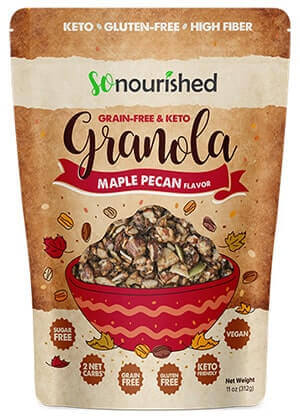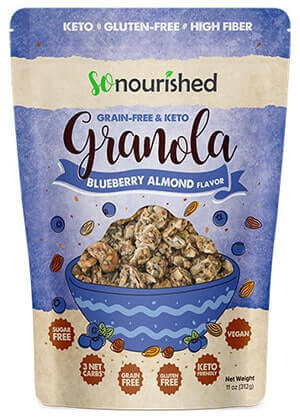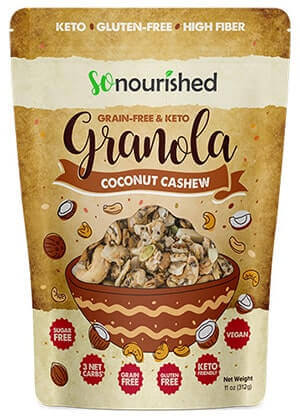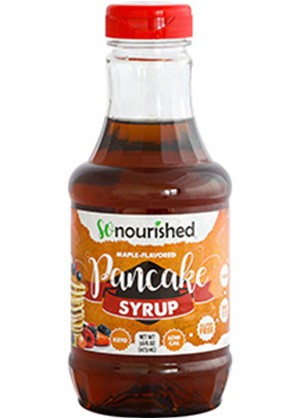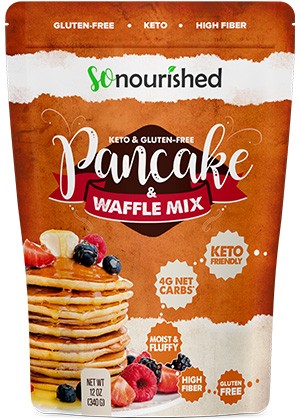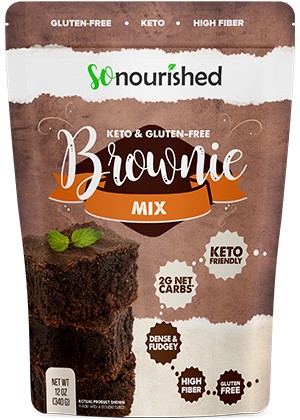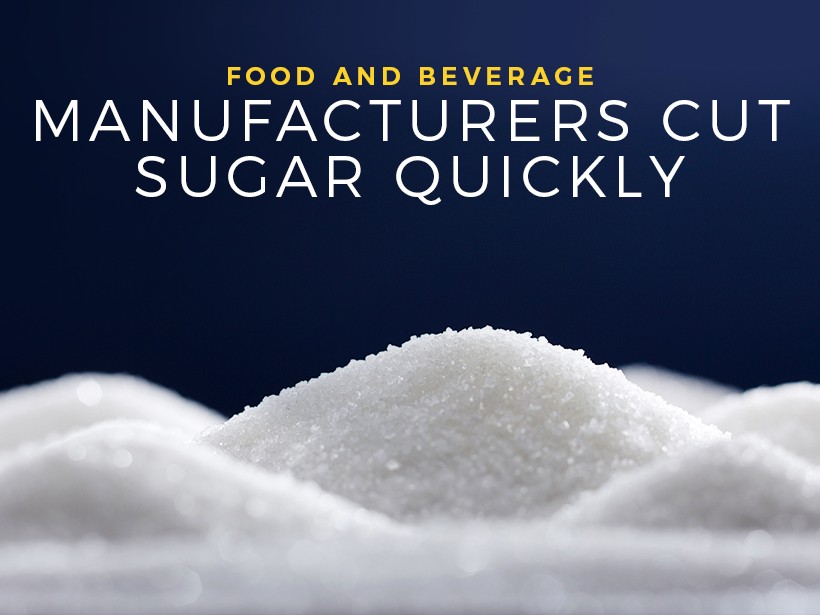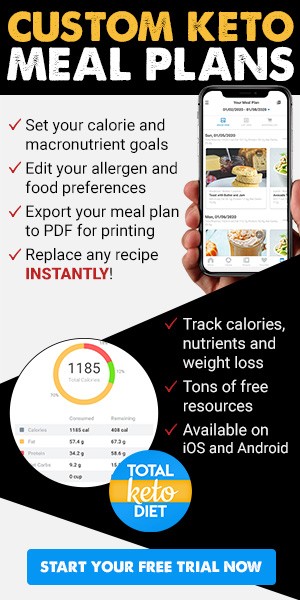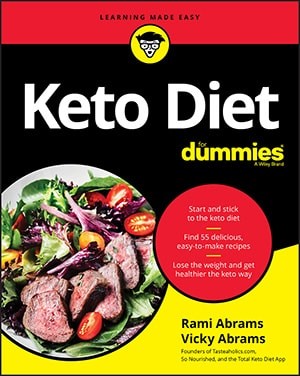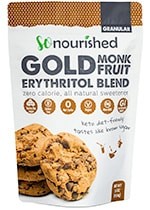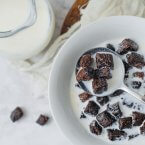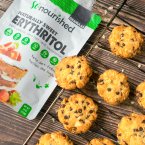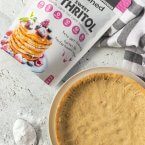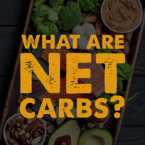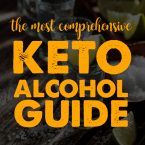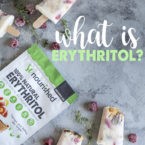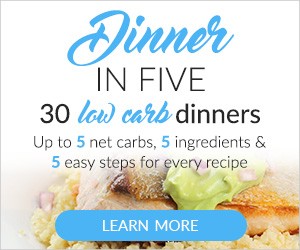Since the end of the nineties, consumers have been focusing more on their sugar intake. Companies from General Mills to Nestle to Coke have historically taken a slow approach to cutting sugar. If they cut sugars slowly, perhaps their consumers won’t notice and they won’t lose sales.
While these companies have a responsibility to their consumers – who care about their own health and nutrition – they also have a responsibility to shareholders. They need to make the sale. They need their products to taste good. There is pressure in the balance.
Changes to the Nutrition Facts Panel
In 2016, the FDA announced changes to Nutrition Panels. In July of 2018, sugar will be a line item and will “pop” out at consumers in big, bold font. Nutrition panels will scream out at grocery shoppers that the seemingly nutritious green juice has 45 grams of sugar.
Companies are scrambling to cut sugar quickly – a departure over the slow and careful approach since the beginning of the millennium.
Instead of appealing to taste buds, companies are beginning to appeal to the sensibility of nutrition facts readers in the store.
Marketing Claims and Sugar
“Thirty percent less sugar than the original!” “Only 7g of sugar per serving!” Product claims about sugar have steadily risen over the past few years as companies position themselves toward health-conscious shoppers.
According to Food Navigator, the claim “sugar-free” is up 14 percent, “low-sugar” is up 32 percent, and “no sugar added” is up 21 percent between 2011 and 2015.1
Consumers should keep in mind that products that claim there are no “added sugars” may still pack a sugary punch. Fruit juices might still come with 25 grams per serving, which is half the daily recommended amount for adults.
Science Gets Sweet
The new American aversion for sugar has redirected food and beverage brands to sweeten their products in other ways. Honey, agave, and the low-carb keto-friendly erythritol has taken the science community by storm.
Scientists are focusing on how to improve the taste profile of existing high-intensity sweeteners, such as stevia. Sugar alcohols are making a comeback, as well as monkfruit and allulose. These sweeteners all have slightly different taste profiles, making them better for some applications and not so much others – and the body processes them differently than straight-up sugar.
Toward a Healthier World
There’s nothing like a good old-fashioned government regulation to kick companies into gear. The scientific community has been sounding the alarm bells for decades, and waist lines have grown. As America wakes up to the dangers of sugar, so are our companies, who are listening to consumers and improving their products for a healthier marketplace.
NUTRITIONAL DISCLAIMER
The content on this website should not be taken as medical advice and you should ALWAYS consult with your doctor before starting any diet or exercise program. We provide nutritional data for our recipes as a courtesy to our readers. We use Total Keto Diet app software to calculate the nutrition and we remove fiber and sugar alcohols, like erythritol, from the total carbohydrate count to get to the net carb count, as they do not affect your blood glucose levels. You should independently calculate nutritional information on your own and not rely on our data. The website or content herein is not intended to cure, prevent, diagnose or treat any disease. This website shall not be liable for adverse reactions or any other outcome resulting from the use of recipes or recommendations on the Website or actions you take as a result. Any action you take is strictly at your own risk.
- Love Good Fats Secures Funding and Launches in the U.S. - April 5, 2019
- Food and Beverage Manufacturers Cut Sugar Quickly - August 15, 2018
- Are Low-Carb Desserts the Next Big Thing? - July 12, 2018


